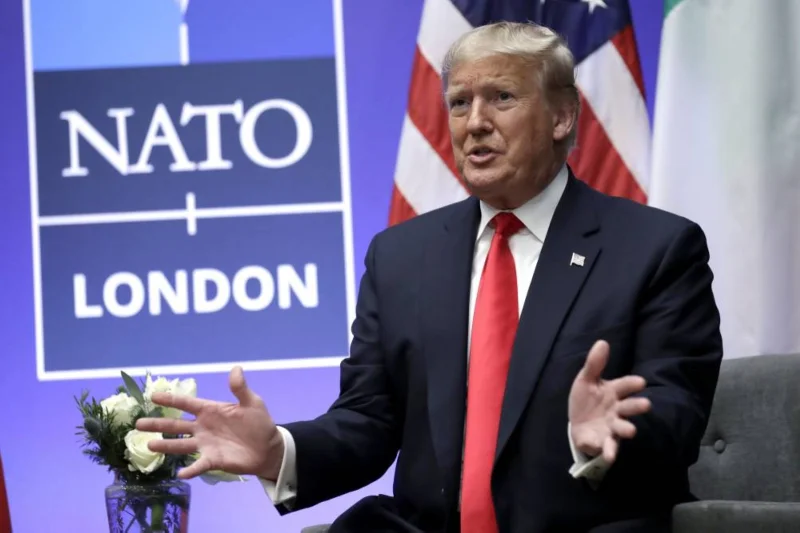
The dollar has reached multi-year highs due to the imminence of US President-elect Donald Trump’s return to the White House and the waning expectations of drastic interest rate cuts. Investors believe this strength will continue, supported by the pro-growth and inflationary policies of the next government. The dollar index, which gauges the strength of the US dollar relative to six other major currencies, has risen over two years to a peak of about 10% from its late-September lows.
Many of these gains had happened since Trump won the election in November when investors rushed to get their portfolios ready for the trade and tariff policies of the new government, which are anticipated to provide short-term dollar strength while exerting pressure on other economies and currencies.
Even as trade tensions cast a shadow over the prospects for global economic growth and drive more investors to seek refuge in the dollar, tariffs and their propensity to cause inflation may force the Fed to be careful about lowering interest rates. Investors will find the US more appealing if interest rates stay higher than those in other wealthy nations.
Despite Trump’s frequent complaints that the currency’s excessive strength affects US manufacturing and jobs and reduces US export competitiveness, the market frequently views his initiatives as strengthening the dollar. When Trump imposed tariffs on many nations, including China and Mexico, the dollar rose almost 13% between February 2018 and February 2020 during his first term.
Also Read:
Grow Your Business With AI Agents & Automation in the UAE: Carolina Posma
Bridging Language Gaps For Seamless Communication With SIYAK: Rima Boutros






